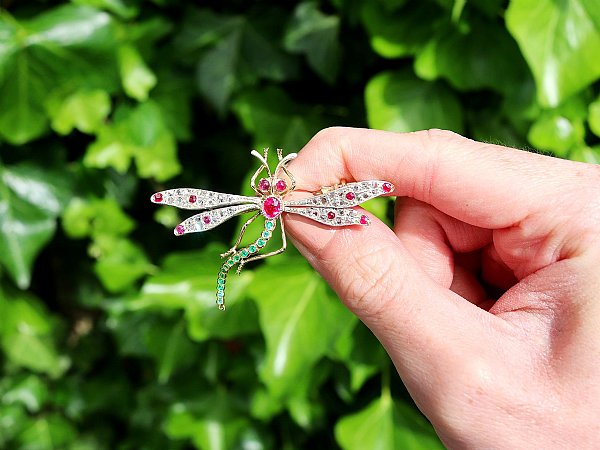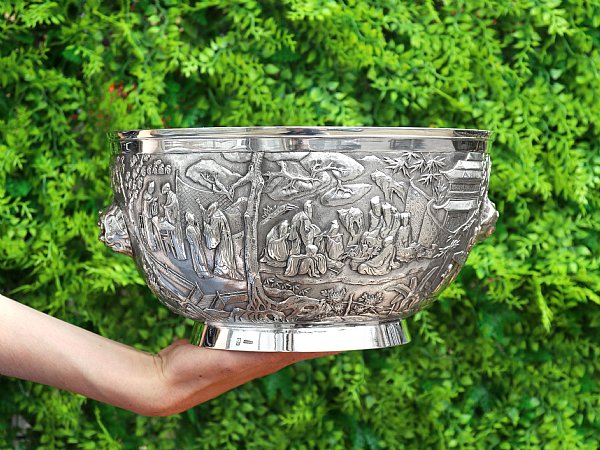Search Results for: '{{searchText}}'
Sorry...
We don't seem to have what you're looking for.
However we do have thousands of magnificent pieces of silver and jewellery available for you to view online. Browse our store using one of these categories.
Please wait for loading data... 
Browse these categories under "Victorian Jewellery (1837- 1900)"
 Victorian Bracelets
Victorian Bracelets
 Victorian Brooches
Victorian Brooches
 Victorian Earrings
Victorian Earrings
 Victorian Lockets
Victorian Lockets
 Victorian Necklaces
Victorian Necklaces
 Victorian Rings
Victorian Rings
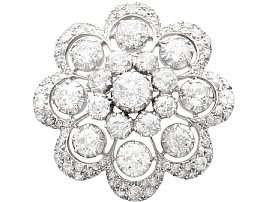
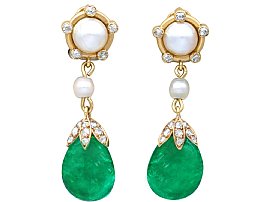
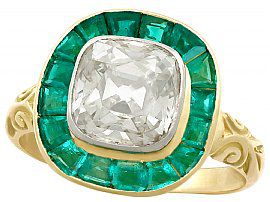
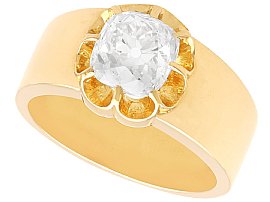

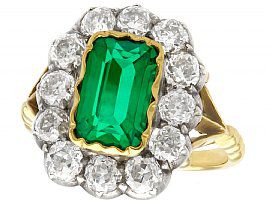
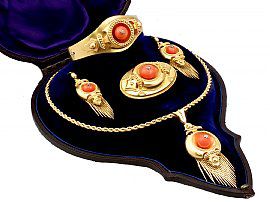
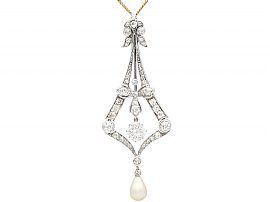
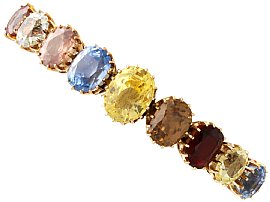
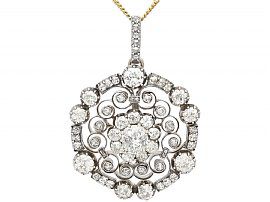
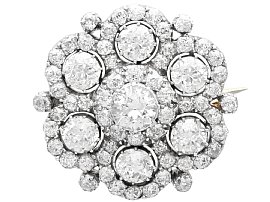
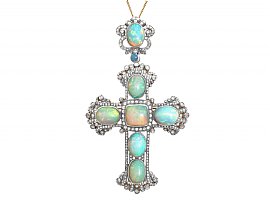
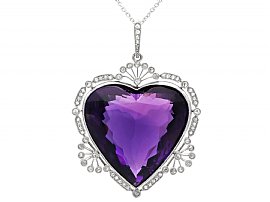
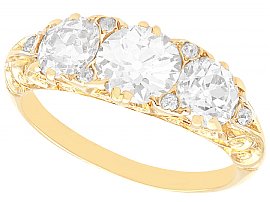
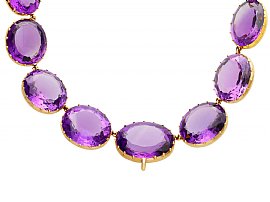
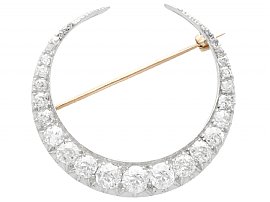
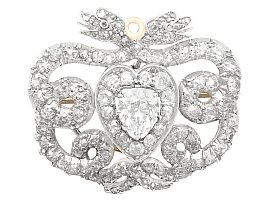
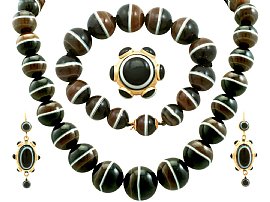
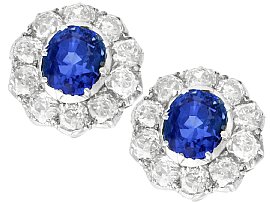
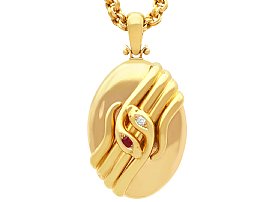
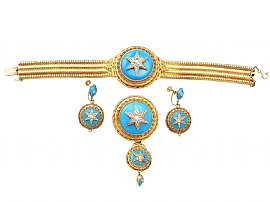
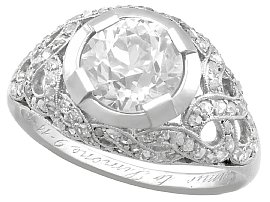
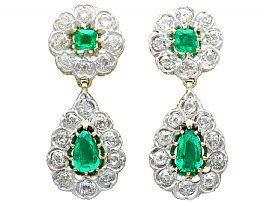
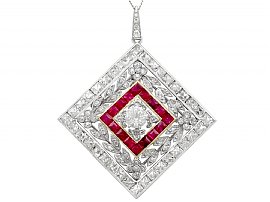
Victorian 12.76ct Diamond and 9ct Yellow Gold Brooch
Price: GBP £26,950.00Antique 13.82ct Colombian Emerald, Pearl and Diamond Drop Earrings in 18ct Yellow Gold
Price: GBP £24,950.003.25ct Emerald and 1.92ct Diamond, 18ct Yellow Gold Dress Ring - Antique Circa 1880
Price: GBP £21,945.00Antique 2.38ct Diamond and 18ct Yellow Gold Solitaire Engagement Ring
Price: GBP £15,950.004.39 ct Diamond, Blue Enamel and 12 ct Rose Gold Cocktail Ring - Antique Circa 1830
Price: GBP £15,345.002.00ct Colombian Emerald and 2.20ct Diamond, 18ct Yellow Gold Dress Ring - Antique Circa 1890
Price: GBP £15,345.0020.25 ct Coral and Diamond, 22 ct Yellow Gold Jewellery Set - Antique Victorian Circa 1890
Price: GBP £14,950.00Natural Saltwater Pearl and 3.99ct Diamond, 18ct Yellow Gold Pendant - Antique Circa 1900
Price: GBP £13,950.00Multi-Gemstone and 9ct Yellow Gold Bangle - Antique Circa 1900
Price: GBP £13,950.006.22ct Diamond, 12ct Yellow Gold Pendant - Antique Circa 1880
Price: GBP £11,950.006.24 ct Diamond and 10 ct Yellow Gold Brooch / Pendant - Antique Victorian
Price: GBP £11,950.0020.34ct Opal and 4.63ct Diamond, Silver Gilt Cross Pendant / Brooch - Antique Circa 1860
Price: GBP £11,950.0045.27 ct Amethyst and 0.95ct Diamond, 18 ct Yellow Gold Heart Pendant - Antique Circa 1890
Price: GBP £11,950.002.56ct Diamond and 18 ct Yellow Gold Trilogy Ring - Antique Circa 1890
Price: GBP £10,950.00396.09 ct Amethyst and 14ct Yellow Gold Riviere / Collarette Necklace - Antique Circa 1880
Price: GBP £10,950.006.30ct Diamond and 9ct Yellow Gold Crescent Brooch - Antique Victorian (Circa 1890)
Price: GBP £10,950.003.90 ct Diamond and 9 ct Yellow Gold Snake Brooch - Antique Victorian
Price: GBP £10,945.00Banded Agate and 18ct Yellow Gold, 15ct Yellow Gold Jewellery Suite - Antique Victorian
Price: GBP £10,945.002.10ct Basaltic Sapphire and 3.30ct Diamond, 9ct Yellow Gold Cluster Earrings - Antique Circa 1890
Price: GBP £9,950.00Antique 0.30ct Ruby and 0.13ct Diamond, 18ct Yellow Gold Snake Locket Pendant
Price: GBP £9,950.001.82ct Diamond and Turquoise, 18ct Yellow Gold Jewellery Set - Antique Early Victorian
Price: GBP £9,845.002.30 ct Diamond and Platinum Dress Ring - Antique Circa 1900
Price: GBP £9,845.003.18ct Emerald and 3.23ct Diamond, 12ct Yellow Gold Drop Earrings - Antique Victorian
Price: GBP £9,845.003.48 ct Diamond and 0.53 ct Ruby, Platinum Pendant / Brooch - Antique Circa 1900
Price: GBP £9,295.00